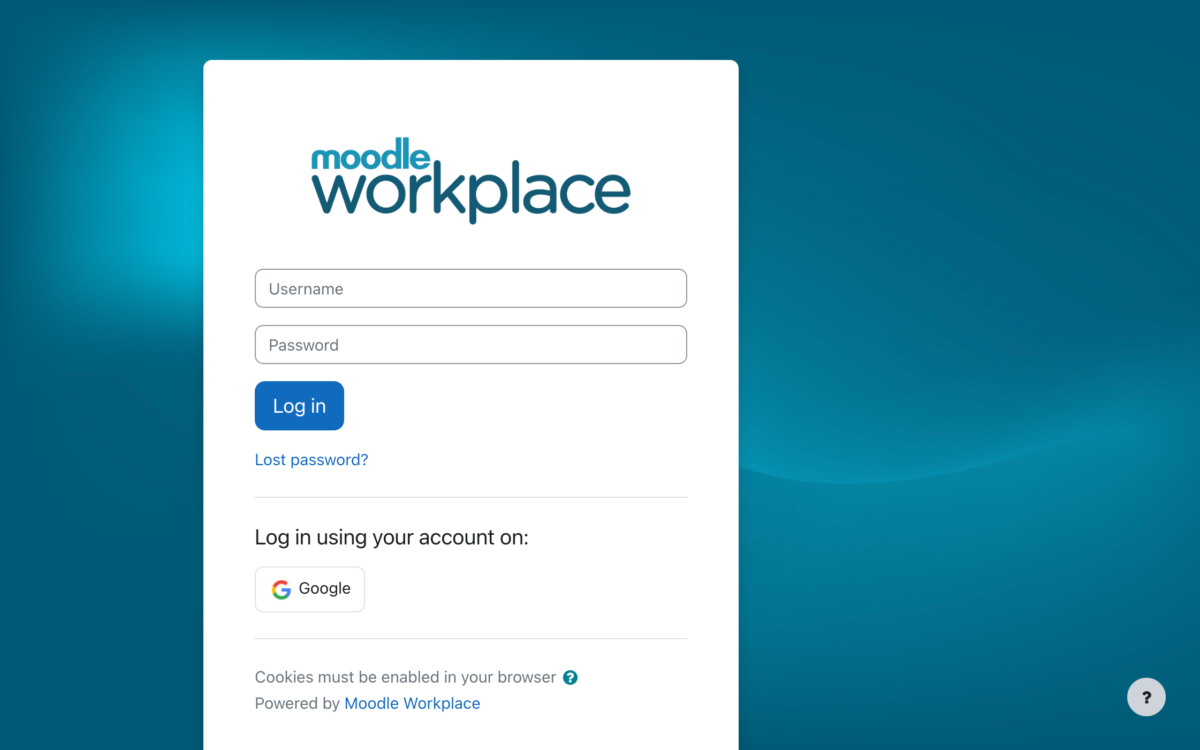User Generated Content (UGC) is a tricky piece of business for L&D professionals. The idea behind incorporating UGC in your training is that the dynamic nature of the modern workplace makes developing training a very fluid affair.
Many big name companies are turning to UGC to help them keep up with those changes, particularly when training budgets and staff shrink. It is incumbent on course developers to employ the expertise of internal SME’s without losing time and money.
There are a number of recommendations for plugging into the UGC content machinery. Chief among them is developing a toolkit that allows anyone to knock together a course that has achievable outcomes.
There are a number of resources available that will allow you to share your knowledge on how to design courses on the fly. For example, this article is being generated using Word Press, which can be configured to produce blogs and websites.
The design templates are already there. All the author has to do is plug in the words. Adding multimedia (such as video, audio, still images) can be as easy as clicking a few buttons. The same goes for formatting.
To share this information you can use a public platform such as an intranet, wiki, or your LMS. Moodle is a good example of a flexible and intuitive LMS where you can put together a sand pit where course content can be created before it is rolled out in a more formalized LMS with assessments.
Don’t be shy about soliciting user feedback. This can be done on social media sites shared by your users. Totara is one example of an LMS platform with social media capabilities for idea sharing and course content generation.
Remember, not all user generated content is advisable for particular training outcomes, such as compliance training that may adhere to the perforce of law.
Some examples of UGC may shed light on how it’s been successfully employed.
Kaplan Education, a global provider of online courses, wanted to increase its uptake of UGC. So it designed an internal wiki social channel for creating the content, where users could search, add comment and refine the content. So someone might have seen a good video explaining how to handle a problem in the classroom; the video is shared on the wiki, then eventually incorporated into the training.
The global rating company Nielsen wanted to focus on larger scale projects and allow regional teams to design their own training. So the company built a bespoke toolkit that allowed its regional offices to build their own training. The company used a cloud-based SaaS tool to guide stakeholders in putting together and rolling out their training.
Early adopters of this model have seen an exponential growth of UGC within their organisations as learners and subject matter experts combine their knowledge to produce content that is meaningful and generated on demand. There are also strategies to employ with UGC to get better brand recognition and buy-in. Millennials are using UGC in ever increasing numbers.
My Learning Space can help your company develop a UGC model. Just contact us and we’d be happy to discuss how we can help you.







